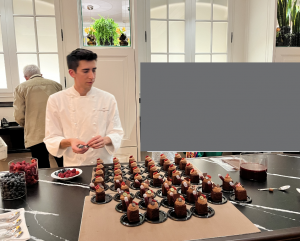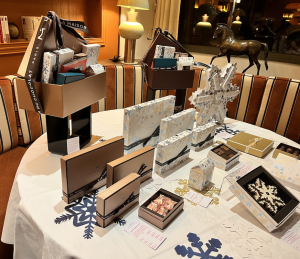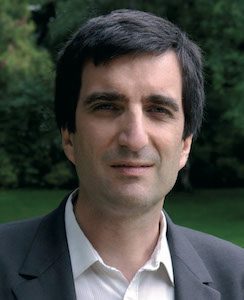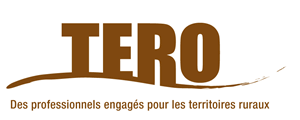On October 10th, 2023, I followed my partner to a presentation by La Maison du Chocolat, a famous French brand of chocolate, of new products for works council Christmas and end-of-year gifts. The show was held in a grand Parisian hotel. It was, of course, a memorable culinary experience. However, what I enjoyed most were my exchanges with two high-level craftsmen in very different areas.
Nicolas Cloiseau is the Creation Director of La Maison du Chocolat and bears the title “best French craftsman in chocolate” (Meilleur Ouvrier de France chocolatier). A simple and passionate person, Nicolas shared with me his approach to choosing cocoa beans according to the tone he wants to give each chocolate (woody, fruity, etc.).

“Vertical” tastings of chocolates with increasing percentage of cocoa conducting with the sourcing staff of La Maison du Chocolat” allow him to recognize the precise optimal moment for each desired effect. And according to him, this moment almost always occurs between 60 and 72% of cocoa. So he believes the trend for higher percentage of cocoa is just a fad. While I don’t totally agree with him, I have to acknowledge his much higher experience of cocoa. So our first lesson is to follow the experts and learn from experimentation, which is controlled experience.
Equally interesting are Nicolas’s criteria to determine a cocoa’s typicality: terroir, altitude and variety. In the end, the origin of cocoa (Peru, Ecuador, Madagascar, Haïti…), which is of such concern to the average consumer, and the percentage of cocoa in the product are less important than organoleptic analysis, which attempts to objectify a subjective experience in words. Our second lesson is to forget common quality criteria and build ones based on science and experience.
Capucine H is a young and talented jeweller, whose creations are inspiring La Maison du Chocolat for its packaging, as in its chocolate boxes (which are recyclable and plastic-free).
 There are three aspects and lessons to remember in her approach to jewelry design:
There are three aspects and lessons to remember in her approach to jewelry design:
- Ethical sourcing, through the choice of recycled or traceable metals and precious stones, allow to have a product that is “clean” under all criteria (quality, environment, ethics). Third lesson.
- A personalized approach to each customer’s expressed needs, based on his, her or their specific requirements. The designer’s aim is always to tell a unique story, without clinging to a vague concept (love, beauty, etc.). So her approach is psychological and I would say hermeneutical as well as it is artistic, making each of her creations unique. Fourth lesson.
- Capucine’s personal inspiration is guided by love for our living planet, particularly expressed this year by oceans and water, which are under threat worldwide. This inspiration, which reflects one of the most positive aspects of her generation, was illustrated at this soirée by several creations, one of which beautifully evokes phytoplankton (link below). Other jewels reproduce the unique and yet recognizable shapes of snowflakes. Fifth lesson: beauty often comes from inspiration by nature.
Both of this craftsmen — or I should say craftsman and craftswoman — are independent. Nicolas Cloiseau works not only for La Maison du Chocolat, but also for SCOP Ethiquable and other , for example. And Capucine has her own “committed jewelry house”.
I believe these lessons on #sourcing, #creation and professional #ethics are relevant beyond their areas of expertise, #cocoa, #chocolate and #jewlery, and apply to many other sectors.
Links to the craftsman and woman featured in this article are available in the text.



